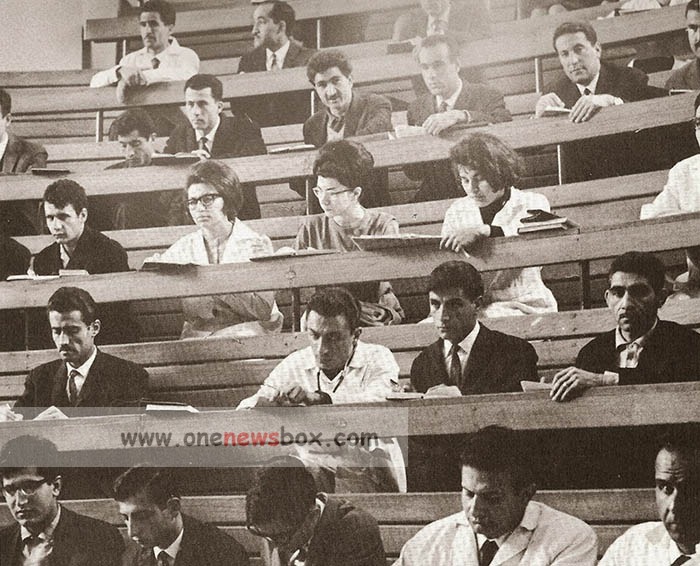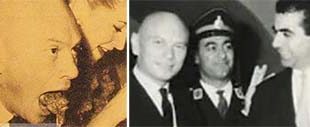From the mid-1940s, the Shah improved his relations with the Soviet Union to reduce political and technical dependence on the West. Following the Shah’s visit to Moscow in 1964, new economic and political relations were established with the Soviet Union. In addition to economic benefits, this improved relations increased the Shah’s position and bargaining power against the West, regional rivals such as Iraq and Gamal Abdel Nasser, and domestic opposition forces.
Mohammad Reza Pahlavi was able to use the leverage of oil and OPEC and was practically able to bargain with his Western allies as an oil and regional power on Iran’s interests. But despite all these efforts, the Shah was never able to emerge from the shadow of the occupation of Iran in the early years of his reign and his dependence on the United States. According to Amin Seqal, the majority of the Iranian people always considered him an “American puppet.” After the British withdrew from the Persian Gulf, the Shah assumed the role of “regional gendarme.”
He imposed Iranian military sovereignty over the three islands and, in return, renounced his claim to sovereignty over Bahrain. The Baghdad Pact (later the CENTO Pact) was concluded between Iran, Iraq, Turkey, and Pakistan. From a position of strength, the Shah signed the Algiers Pact, ending border disputes with Iraq.

